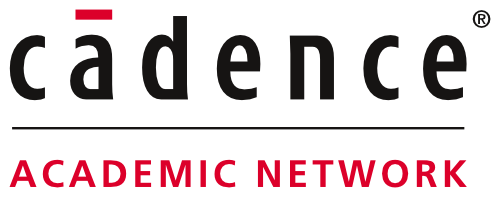
The following are our notes from working with Cadence Virtuoso and the IBM Design Kit. Cadence requires the following disclaimer:
Information is provided 'as is' without warranty of any kind. No statement is made and no attempt has been made to examine the information, either with respect to operability, origin, authorship, or otherwise. Please use this information at your own risk. We recommend using it on a copy of your data to be sure you understand with it does under your conditions. Keep your master intact until you are satisfied with the use of this information within your environment.
- Setting Up a New Cadence Project Using OpenAccess and the IBM_PDK
- Setting Up a New Cadence Project Using IC5141 (Cadence Database)
- Settings for IBM_PDK V1.6 and IC5141
- Export .cds to .gds for MOSIS Notes
The global feature extraction (gFEX) electronics board is a hardware-based jet finder for the ATLAS trigger system which will be operational for Run 3 of the LHC. This system can process the entire calorimeter on a single electronics board.
Design of a printed circuit board to handle output from PSEC4 chips in ANNIE experiment.
Design of a front-end and data acquisition system for the hadron calorimeter of the ATLAS experiment.
The ODILE is a CCD Control and Data Acquisition module for the DArk Matter In CCDs experiment, at the Laboratoire Souterrain de Modane in France. This motherboard incorporates a 4-channel, 20-BIT ADC, to digitize the video signals, a controller used for the required CCD clocks and voltage biases, and a Gigabit Ethernet interface for data transfer.
Developing a few data acquisition modules based on a chip designed by a former student. The electronics will help with measuring the energy and direction of the quarks and gluons produced in the collisions.
Developing a new cluster trigger system which consists of a crate distribution and topology module and an optical fiber center module for an experiment at KOTO.
All Cadence software is available to students in Physics 226 to use for their final design project
Person resposible for this site: Mary Heintz (change AT to @ in email address)
